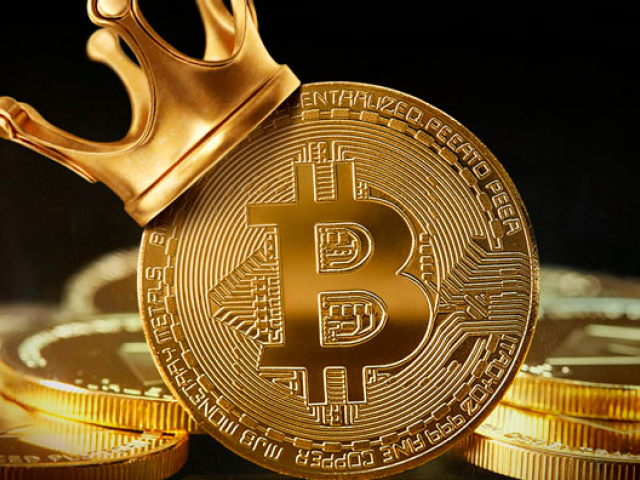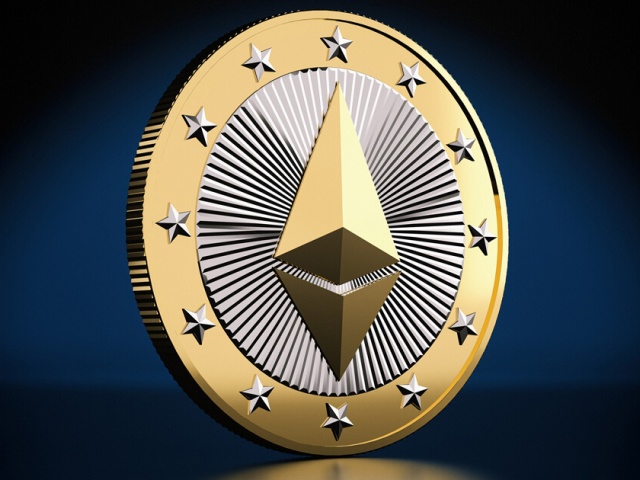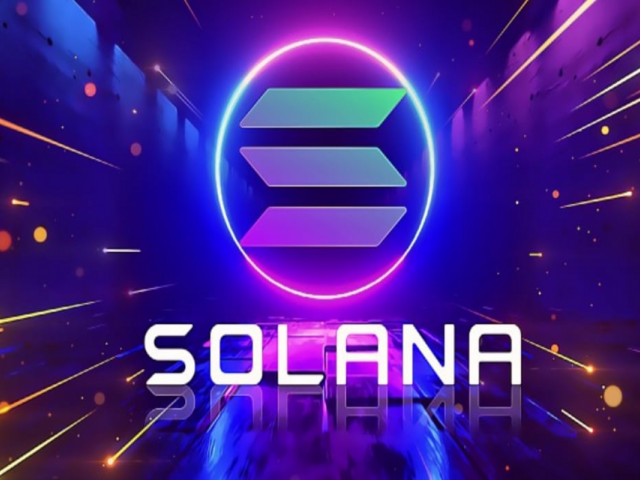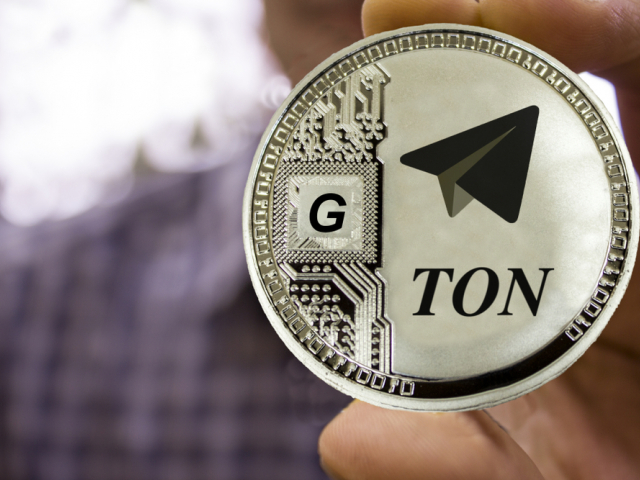
Bitcoin (BTC)
Bitcoin is a decentralized cryptocurrency that the crypto world first learned about in 2008. Officially launched in early 2009, Bitcoin is rightly considered the most important digital asset. Its value serves as a benchmark for the entire cryptocurrency market. The creator, known by the pseudonym Satoshi Nakamoto, remains anonymous. With Bitcoin’s arrival, the blockchain network concept emerged, offering a decentralized and secure digital currency. Bitcoin transactions are highly advantageous, as they can be sent worldwide without the risk of being blocked. Owners can store their BTC independently without relying on financial institutions. Although many other cryptocurrencies and blockchain platforms have been created since the launch of Bitcoin, it still remains the largest digital asset by market cap, holding about 50% of the entire crypto market.

Ethereum (ETH)
This blockchain platform supports smart contracts, allowing the creation of complex applications like decentralized credit protocols and NFTs. Founded by Vitalik Buterin, Ethereum's blockchain network launched in July 2015. One of Ethereum's first unique features was the ability to issue custom tokens, widely used for ICOs and other token sales. Today, Ethereum's ecosystem includes a wide range of decentralized applications, such as DeFi services, NFT marketplaces, publishing platforms, and decentralized exchanges. The key currency of the Ethereum blockchain is the ETH token, which is needed to pay transaction fees. Experts note the growth of lending and borrowing platforms utilizing Ethereum, indicating an increase in the number of users of this second-largest cryptocurrency.

Solana (SOL)
Solana is a smart contract platform with a unique architecture capable of processing many transactions per second at minimal cost. This is possible thanks to its unique Proof-of-History algorithm and Proof-of-Stake consensus mechanism. The platform's token, SOL, has a low cost, with the average transaction fee being less than $0.001. Anatoly Yakovenko founded Solana in 2018, and the main net was launched in March 2020. Despite a significant price drop during the 2022 bear market, the token remains strong. Solana boasts one of the most significant ecosystems in the crypto sector, impressing large investors. The project continues to develop, introducing new features that allow users to make transactions on the blockchain network via websites, apps, and QR codes.

Ripple (XRP)
Ripple is known for its affordability, reliability, and high speed as a payment system. XRP can be used for currency exchange, including cross-border payments. It was introduced in 2012 by developers David Schwartz, Jed McCaleb, Arthur Britto, and Chris Larsen, who later founded OpenCoin. Initially, 80% of XRP supplies were distributed among the developers. XRP’s high speed and low transaction costs make it ideal for international money transfers. Ripple uses its consensus protocol, XRP Ledger, which provides each participant with a set of validators. The project gained fame for its products like On-Demand Liquidity (ODL). The team collaborates with crypto exchanges to facilitate efficient international transactions. Experts note the increased security of the network, with fast transactions and low energy consumption.

Toncoin (TON)
Toncoin rounds out the top 5 popular cryptocurrencies. It is a project of the Open Network blockchain. The team continues to develop the platform linked to the Telegram messenger. In 2023, Telegram faced legal issues with US securities regulators, leading to the continuation of cryptocurrency development by the community under the name Toncoin. It is developed by the TON Foundation, which is formally separate from Telegram but actively collaborates with it. This partnership integrates various blockchain solutions into the messenger, such as the TON Space wallet. Toncoin is a scalable blockchain platform with smart contract functionality and a Proof-of-Stake consensus mechanism. The Open Network blockchain and its native token, TON, are rapidly developing, attracting significant interest from large investment funds. The project has utilized its resources effectively, increasing its user base and scalable infrastructure. Additionally, the platform’s management is expanding its ecosystem of mini-applications, offering stablecoin transactions to its 900 million active users.
 Deutsch
Deutsch 
 Русский
Русский English
English Bahasa Indonesia
Bahasa Indonesia Bahasa Malay
Bahasa Malay ไทย
ไทย Español
Español Български
Български Français
Français Tiếng Việt
Tiếng Việt 中文
中文 বাংলা
বাংলা हिन्दी
हिन्दी Čeština
Čeština Українська
Українська Română
Română
